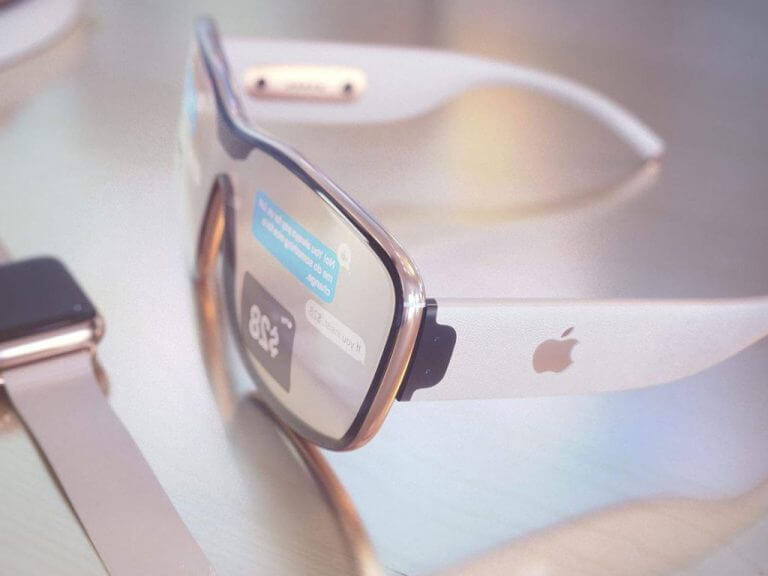While Apple has yet to produce its long-awaited AR/VR headset, the community continues to dig for leaks and hints attempting to chart its secretive development, and the latest report involves the company using Windows as part of its proof-of-concept.
The Information recently reported that in 2019 Apple held a meeting with former US Vice President Al Gore and former Disney CEO Bob Iger in attendance, to pitch its AR/VR vision.
However, in 2019 Apple was still flushing out its AR platform on the iPhone and had no real substantial presence for AR or VR for its desktop operating system, and in turn, cobbled together off-the-shelf parts and a version of Windows (presumably Windows Mixed Reality) to walk its attendees through the idea.
Other Apple ARVR prototypes used custom made headsets the were derived from HTC Vives and mounted to cranes to help alleviate the stress, weight and pressure from early prototype headsets.
While The Information reports the executive meeting took place in 2019, it would appear that Apple has been working on its AR/VR project since 2016. The long production cycle from 2016 to a rumored 2023 release is something Apple has meticulously planned for according to the team’s founder and leader Mike Rockwell.
To realize their vision, the Apple team would need to develop everything from new screens to silicon chips to cameras to software.
Eventually, the team argued, those investments would help Apple make much sleeker AR glasses, something it was also working on, which people could more comfortably wear on their faces. The founder and leader of the team, charismatic executive Mike Rockwell, believed such glasses could one day replace the iPhone, a product that now accounts for more than half of the brand’s revenue.
The idea of Apple presenting its AR/VR concept with a Windows-powered headset may enflame some fanboy arguments, however, the reality is that three years later the augmented and virtual reality sectors are arguably still up for grabs.
With a five-year head start Microsoft has managed to entice enterprise and governmental use of its HoloLens headset, but if Apple can get people to want to use its products at home, it may be only a matter of time before its products shoehorn their way into offices similar to how the iPhone enveloped Windows Mobile and Blackberry back in the day.


